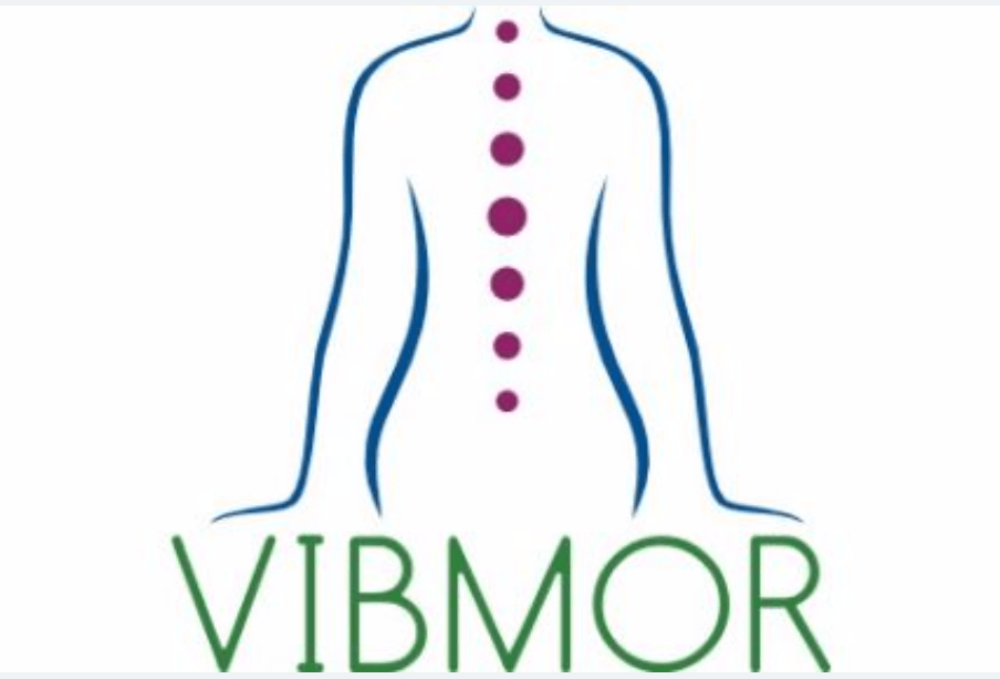If you’re post menopausal, over 60 and have low bone mass, you may be eligible for free bone scans and therapy.
Why is the research being conducted?
In Australia, 1 in 2 women over 60 will suffer an osteoporotic fracture with hip fractures being the most costly and painful. Current treatments are largely limited to medications. Whole body vibration (WBV) is a novel therapy that has been shown to improve bone mass in animal studies. Some human research has also reported promising findings but a large enough study has not yet been conducted to know for sure. Exercise is known to benefit bone, but it is unknown whether it is more or less beneficial than WBV therapy. We have been funded by the government to run such a trial. Specifically, we aim to examine the ability of WBV and/or exercise to reduce the risk of hip fracture.
What will we ask you to do?
You will be randomly allocated to either WBV, a supervised exercise program, a supervised exercise program plus a WBV device, or a home-based exercise program for 9 months.
1. If you are allocated to WBV: The device is slightly larger than a set of bathroom scales and very simple to use. You will be required to stand on it for 10 minutes 5 days per week. It will automatically shut off after 10 minutes. We will bring it to your house and teach you how to use it, and visit you after 4.5 months to download your first treatment record from the machine. After 9 months, we will collect the WBV device and you will be asked to revert to your normal daily activities for a further 12 months.
2. If you are allocated to supervised exercise: You will attend two 30-minute sessions per week, for 9 months, at Griffith University.
3. If you are allocated to both WBV and supervised exercise: You will be asked to do both 1 and 2 above.
4. If you are allocated to the home-based exercise program: You will be trained how to do the home exercises, and asked to follow the program twice per week, for 9 months.
Am I eligible?
You may be eligible to participate in the study if you are at least 5 years post menopause and have low bone mineral density (hip BMD t score ≤ -1.0). If you don’t have a recent bone scan that shows you have low bone mass, we can scan you to check. We require women whose medication status is very stable. If you either have not taken any osteoporosis medication (OP meds) in the past 12 months and are not intending to start in the next 21 months, or can show evidence that you have been on stable doses of certain bone medications for at least 12 months and plan to continue that therapy for at least two years, you may be eligible. If you are not sure what sort of medication you are taking, we will be able to figure it out from the packaging.
You will not be eligible for the study if you are: less than 5 years post menopause, unable to stand unaided, have used vibration regularly in the last 12 months, unable to understand this information sheet, taking certain kinds of bone therapy (some are OK), performing regular high levels of physical activity, have a malignancy, have any conditions (such as thyrotoxicosis or hyperparathyroidism, Paget’s disease, renal disease, diabetes, immobility), take other medications known to influence bone health (such as glucocorticosteroids, thyroxine, thiazides or antiretroviral agents), or are unwilling for us to collect information, including costs, related to any medical care you receive over the 21 month course of your involvement in the study. Again, if you are not sure, we can help you determine if any of those criteria apply to you.
What’s in it for me?
You will receive 3 annual bone and body composition scans and information about your calcium intake and your vitamin D level at the end of the trial (approx. value $1000) at no cost to you.
Find out more
Please call (07) 55529540, email: [email protected] or visit http://www.griffith.edu.au/vibmor for more information about the study.



